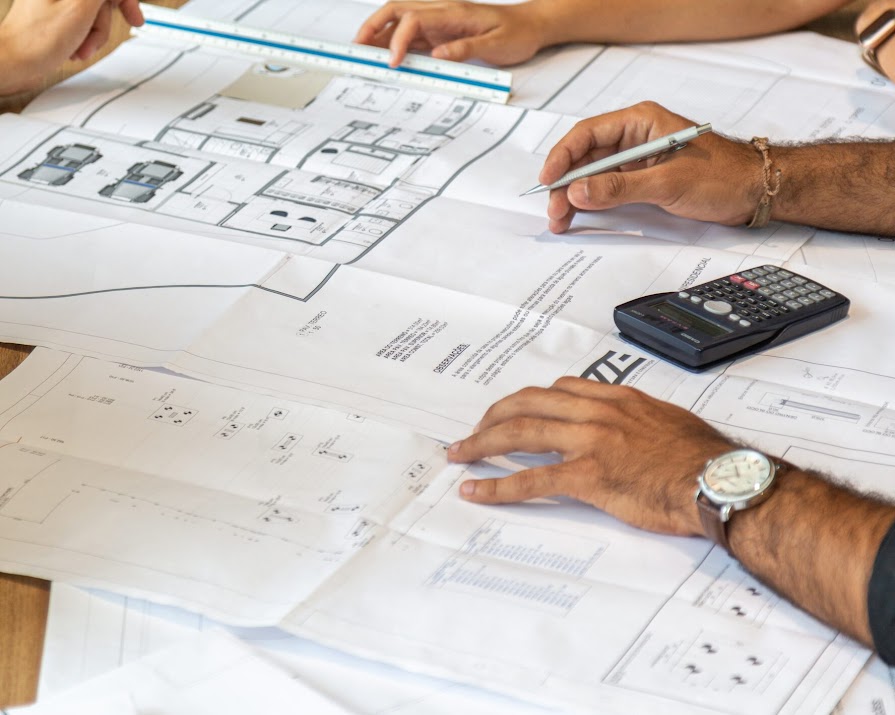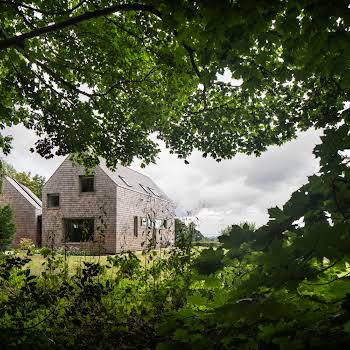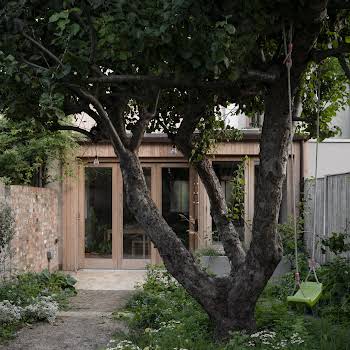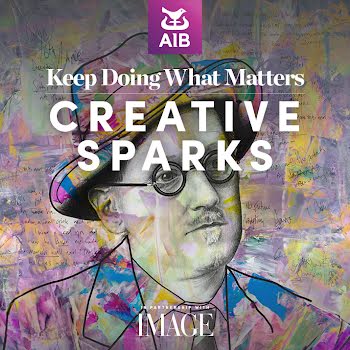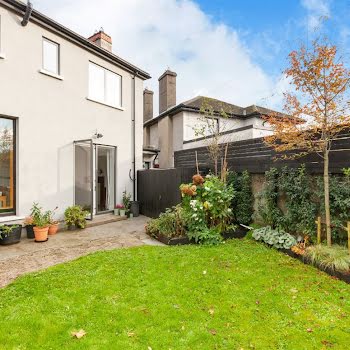
Design coach Karen Douglas shares her tips for working with an architect
By Megan Burns
19th Apr 2024
19th Apr 2024
It can be intimidating working with an architect for people who have never done it before, which is why design coach Karen Douglas wants to help make the process clear and simple.
Karen Douglas is a Waterford-based design coach, founder of The Design Lab and partner at DMG architects. She feels that there is often a disconnect between architects and their clients, leading to projects that leave people feeling unfulfilled and unserved by their home.
She is also the author of Coming Home, Ireland’s first interactive home design journal with accompanying explanatory videos, which guides people through the design process, ensuring they are asking the right questions to ensure the desired outcome for a bespoke and tailored home.
Karen has shared some tips for those navigating a build, to ensure they get the best possible result from the process.
What are some of the reasons why people can find it difficult to work with an architect?
When people decide to go on a build or renovation journey their motivations are often verbalised as a need for more space or an upgrade on the design. Every client has differing reasons that are underpinned by a human need.
Verbalising this need may never come to the fore if the client sees the process as purely transactional, i.e., needing a set of drawings for planning or for a builder to price. This can cause friction in a very personal and intimate home design journey whereby the client uses each drawing revision as an opportunity to refine and highlight their need, making an enjoyable process drawn out, and billable time wasted.
If the architect does not understand their real need from the outset this can cause friction and issues, all of which can be avoided with a proper brief at the outset.
Without a brief that focuses on problem-solving and analysing their current home or space, an opportunity is lost to anchor the client with goal setting, all of which can lead to confusion and the client frequently changing their mind throughout the project.
As the project progresses the client must then make decisions that carry financial weight and if their goals are not clearly identified, this can cause communication issues.
One example would be the client originally coming to an architect because they need more space in their home. As the brief progresses in the design stage, the client is anxious about the size of the dining extension being proposed and while large and in keeping with the brief for more sqm, it pushes the costs out of their budget.
Undeterred, the architect thinks that the brief is being delivered. On closer review, the client has a neurodiverse teenage daughter who will not eat in the kitchen for meals as the table is always cluttered with laundry as there is currently no laundry or utility space. By reducing the new area for dining and adding a dedicated laundry room the budget is brought back into line and more importantly the client has a clear goal for the design rationale.
I believe the top five reasons people find it hard to work with an architect are:
- They do not know architectural language
- They say that they are not ‘creative’, thereby distancing themselves from the decision-making process
- They are made to feel that they cannot design because they do not have an architectural qualification
- The brief is presented in visual formats that may be difficult for a client to read which they often will not mention out of embarrassment
- The architect is not trained behaviourally so making a human connection with the client can be slower or more difficult, drawing out the process

What kind of problems arise from this?
As people do not know architectural language, they question every element of a drawing or architect’s decision which can be frustrating for an architect.
When people say they are not creative, they can distance themselves from the decision-making process, and leave the decision-making in the hands of the architect which means they feel left out and are more likely to make changes further into the build.
As a result, the client feels separated from the design and their new home becomes the architect’s signature rather than a true reflection of the client’s needs and wants
If the brief is presented in visual formats that may be difficult for a client to read, often they won’t mention this out of embarrassment. This can result in ‘building in real time’ – waiting to see it built which is extremely costly if any changes need to be made.
If the architect and client do not connect, the true brief is never captured, and the clients’ real goals are not understood, which can be costly for both parties.
What are some of the things people can do to ensure the process works well for them?
Take your time to research what you need and look at it from a psychology standpoint, taje quizzes and researcg how your space affects how you feel and the way you live.
Read up on some of the terminology and the stages of working with an architect ahead of the first meeting.
As well as this, people need to understand that creativity is not the exclusive domain of an architect, the early design stage is about removing bias from the customer’s mind and understanding why they are going on the journey. It is also about problem-solving first, solutions second and nobody knows their space better than the client which, when the information is gathered properly, allows a creative process to begin.
Be confident in your own abilities, you know best how you live and how you need to live for the future, set your own goals and communicate these at the outset to your architect.
Also, ask your architect to show you how they will be presenting the information to you and articulate what your preferred method would be. You can interview a prospective architect or ask to see some blogs or articles they may have written.
Talk to former clients about their experience and never jump headfirst into a full-service arrangement. Book a consultation and get to know them first, if you do not find them a fit, it will be difficult to enjoy the process – which can be a lengthy one.
Can you give examples of the kinds of questions people should be asking their architect?
- Are they registered with RIAI? If they are not, then they are not an accredited architect.
- What does their design process look like; how do they gather a strong working brief and how much time do they allocate to it?
- Where do they work – can you see their own space and how they have shaped their space for working well?
- Ask them about the last course they undertook (the ideal partnership is with a professional who is always learning and has a growth mindset).
- Do they have any other qualifications other than their architectural education?
- How much experience have they had in delivering homes that are on budget and on time – ask for previous clients to speak to.
- If they don’t work on a flat fee basis, why not? If a project is well-scoped at the start, the constraints will be known, which eliminates the need for percentage fees.
Do you have any tips for someone considering working with an architect?
- Always check the RIAI register.
- The process of building or renovating is a lengthy one so it is crucial that you can get on with your architect and you feel listened to. Book a consultation first to ensure you can work with them as a partner in the process.
- Understand the difference between your intrinsic and extrinsic needs – why are you going on this journey. List your goals and communicate these first and foremost.
- It is important that you see where they are working – what does their studio look like? Our spaces are a reflection of ourselves and inspire us to live well.
- Architecture is about people and curiosity and goes beyond the purely technical. Soft skills learning should be an essential component for any architect so take this into consideration.
- Often, this is the single largest financial transaction you will make in your lifetime, so having a design partner who understands how to commercially navigate the process is as important as design ideation.
- Always ask for at least two testimonials (a recent client and a builder) builders are a great source as they work closely with the architect and are coming from another angle to the client.
- Competent architects will not quote for a project without understanding the full scope or without undertaking an initial consultation. If the advice is free from the outset, they don’t value their time or expertise and the advice should be taken on this merit.
This article was originally published in December 2022











